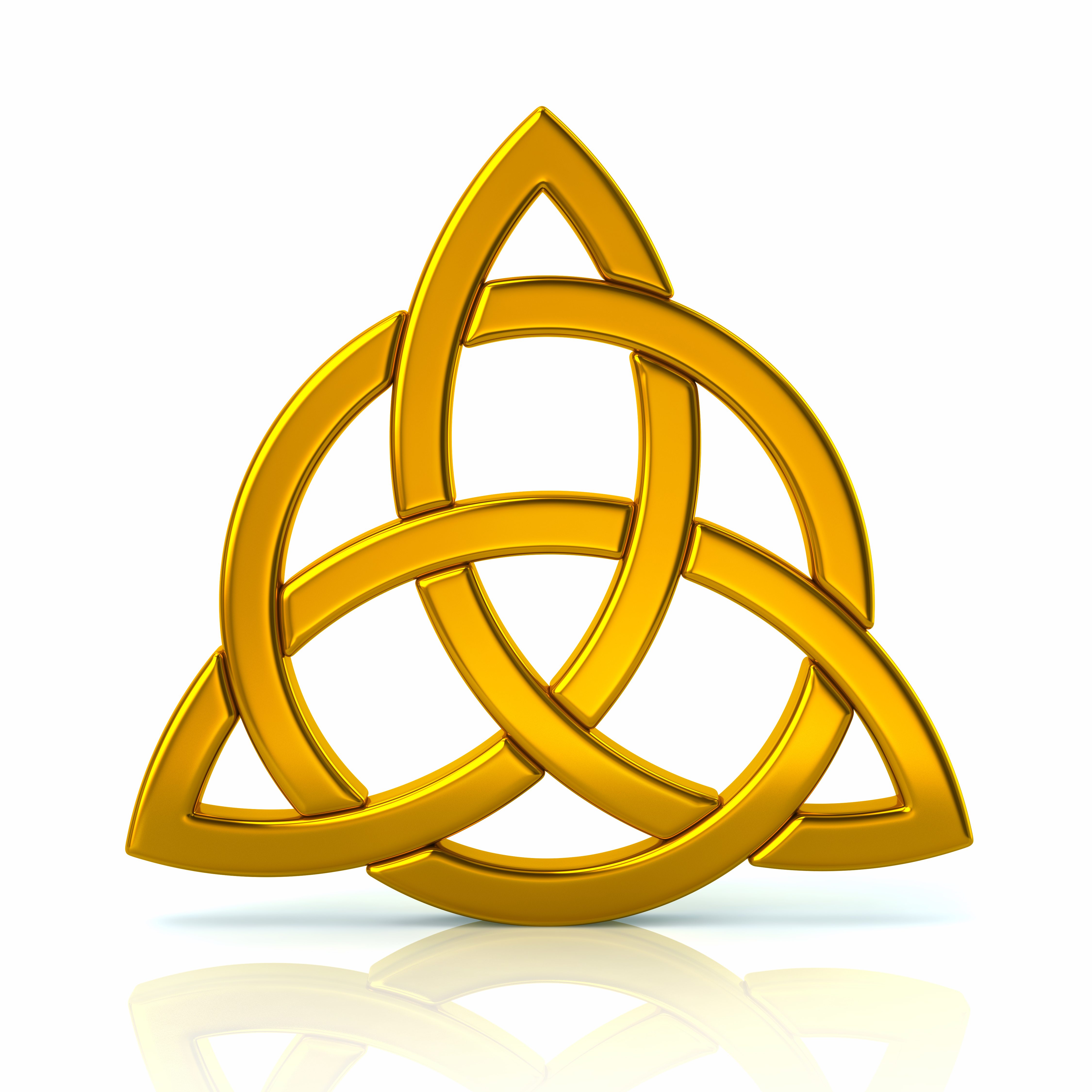Helping You
Discover
Your Wings
Unlock calm, clarity, and
confidence in midlife—and beyond.
Embrace your power,
and soar into a life of fulfillment.
🌿 Helping You Discover Your Wings
Unlock calm, clarity, and confidence in midlife — and beyond
At JCP Transformational Wellness Coaching, I help midlife women go from feeling stuck and overwhelmed to feeling clear, calm, and confident about what’s next.
If you’ve been pushing through, caring for everyone else, or simply feeling like you’ve lost your sense of “you,” this is your space to pause, breathe, and begin again.
You don’t need fixing — you need freedom.
Together we’ll uncover what’s been holding you back so you can move forward with confidence and peace.
🌸 When You Work with Judi, You’ll Find…
Direction where there used to be doubt.
Energy and motivation replacing fatigue.
A calm mind that makes stronger choices.
Relationships that feel lighter and more authentic.
A renewed sense of purpose and joy in this next chapter.
With gentle, customized coaching and decades of real‑life experience, I guide you to reconnect with your innate wisdom — and trust yourself again.
🌿 Meet Your Guide
I’m Judi Culp Pearson — entrepreneur, coach, and fellow reinvention traveler.
After 40 years building businesses, mentoring others, and thriving through challenge and change (including breast cancer), I’ve learned that transformation doesn’t start with working harder — it begins the moment we stop, breathe, and listen within.
That’s what I help women do every day: rediscover their wings and rise into a life that finally fits.
🕊 Ready to Feel Lighter and More Focused?
Your transformation begins with a simple, no‑pressure conversation.
Schedule your complimentary 30‑Minute Discover Clarity Call to uncover what’s keeping you stuck and explore what freedom could look like next.

About Us
Kids with Dreams Become Grown-ups with Vision
When You Work with Judi, You'll Find...
Direction where there used to be doubt.
Energy and motivation replacing fatigue.
A calm mind that makes stronger choices.
Relationships that feel lighter and more authentic.
A renewed sense of purpose and joy in the next chapter.

4o+
Years Business & Mentoring Experience
I work with individuals, small groups and with teams.
Meet Your Guide
I’m Judi Culp Pearson — entrepreneur, coach, and fellow reinvention traveler.
After 40 years building businesses, mentoring others, and thriving through challenge and change (including breast cancer), I’ve learned that transformation doesn’t start with working harder — it begins the moment we stop, breathe, and listen within.
That’s what I help women do every day: rediscover their wings and rise into a life that finally fits.

I understand that no two journeys are the same.
That’s why JCP Holistic Wellness Coaching offers custom services to meet you where you are and be your guide to you where you want to go.
FEMININE GLOW COACHING: Holistic Beauty from Within.
Caring for you from the inside-out and outside-in.
PATTERN-BREAKING for Peak Performance
We work for holistic wellness and personal empowerment plus we add...
Bespoke Skincare for Wellness.
Learn more about SkinLove Botanicals
